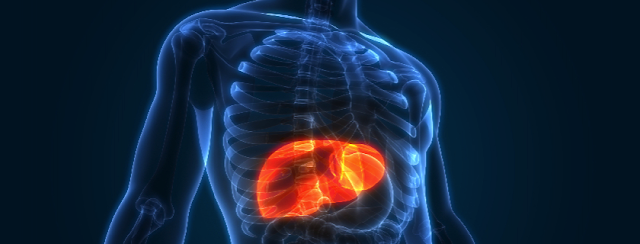Massage Therapy Techniques including for the Liver
Massage therapy is a practice that has been around for over thousands of years. There are over 80 massage styles that can be chosen to treat various kinds of movements, pressures, and techniques. The concept involves manipulating and rubbing the different soft tissues in the body using hands and fingers. The therapist will also use elbows, forearms, and feet to provide maximum impact while kneading the tissues gently.
More people today recognize the various health benefits associated with massage therapy. There are various styles and techniques involved that provide relief and heal the body from various ailments. Massage therapy ensures overall wellness. From deep tissue to trigger point and Swedish massage, these are different forms of massage that are aimed to manipulate the tissues to function in keeping with the body’s health. Sometimes it also involves psychological goals and purposes. Massage therapists such as osteopaths, chiropractors, athletic trainers, or even physiotherapists perform such techniques depending on the client’s requirements.
One of the best massage therapists in Sydney, Australia is healed by hand remedial massage.
They are very experienced with using different massage techniques and styles including the following below.
Swedish Massage Technique for the Liver
A light relaxing massage technique, the Swedish massage is excellent to increase flow of oxygen in blood while assisting muscles to release toxins from the body. This is a popular massaging technique and many people opt for the same to enhance wellness. The soothing massage style includes several techniques of kneading, gliding, strokes, compression, and improved blood circulation to raise lymphatic flow.
The style is based on basic five different strokes such as friction, vibration, effleurage, percussion, and petrissage. The key is to work on the more superficial muscle layers in the direction of blood flow that increases circulation. The Swedish massage technique is known for its effectiveness in healing muscle pain, joint stiffness, and patients with ailment in knee and osteoarthritis.
Deep Tissue Massage Technique for the Liver
The massaging style is based on friction and muscle compression along the tissues. It is also known as deep tissue therapy or deep muscle therapy. The technique works through the deeper layers of the tissues and requires some amount of strength as well. Deep tissue massage softens scars such that it breaks up the scar tissue often includes deep connective tissue massage to release myofascial body restrictions.
Breaking down adhesion is easier with deeper strokes that loosen up the connective muscle tissues. The symptoms are common post injury to release body tension. Pressure is applied to ease muscle pain as part of the therapy.
Trigger Point Massage for the Liver
Compression of hypersensitive ligaments, tendons, muscles and fascia is focused in this kind of massage technique. It is also known as pressure point massage that refers to trigger point stimulation to attend pain sensations to other body parts. These are usually defined by trigger points to heal pain in various locations of the connective tissues, muscles and organs. Trigger point sensation involves sharp pain, tingling, dull aches, and needle, along with various symptoms of earache, nausea, blurred vision and equilibrium disturbance.
Hence, using trigger point therapy there is improved functioning and release of tension in the body. The therapist is able to locate and deactivate those trigger points where muscle damage has occurred. It also helps ease kinks or spasms when pain is highly aggravated. This doesn’t involve any tools and aims to manipulate pain through massaging itself. This might cause pain and slight nausea as well.
To schedule a consultation or request more information about available services contact RVA Physical Therapy team by phone (804) 396 6753 or send email to info@rvaphysicaltherapy.com
You can visit the therapy center at 2620 A Gaskins Rd, Henrico, VA 23238, USA.


Comments
Post a Comment